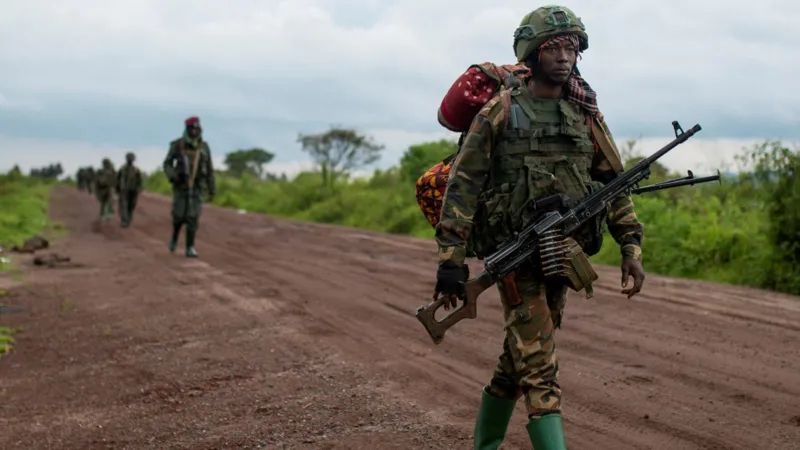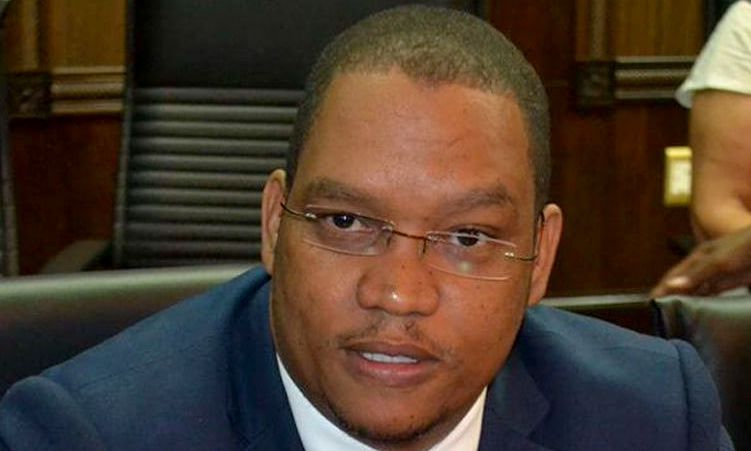Environmentalists have strongly cautioned against a proposed plan that intends to construct a green hydrogen pipeline from Namibia’s Kunene region to Boegoebaai in South Africa’s Northern Cape province.
They are concerned about the pipeline’s potential impact on indigenous communities, cherished national parks, animals and plants that inhabit the Namibian coast, which has been declared the eighth largest marine protected area in the world and the largest in Africa.
Despite these concerns, the two governments have given technocrats from both countries six months to amend agreements to include green hydrogen.
The pipeline will stretch from the Kunene region via Walvis Bay in the Erongo region, along the coast to Lüderitz and Boegoebaai, located 20km south of the border between Namibia and South Africa, in the Northern Cape.
Namibia has about six green hydrogen projects intended to be connected to South Africa through a corridor.
“You have different locations you need to connect with the infrastructure. It’s more efficient when you develop this corridor by sharing infrastructure,” minister of mines and energy Tom Alweendo told The Namibian last month at the green hydrogen summit in Cape Town.
“You can then connect that to South Africa. It could work independently, but why not make it bigger by having a corridor?” he suggested.
The scope of cooperation between the two countries since 2013 is anchored by 74 agreements, however, none makes provision for green hydrogen.
“While we are looking at amplifying our [agreement], there is nothing stopping us from carrying out the work,” he said.
Alweendo said the necessary infrastructure is already being constructed.
STRATEGIC CORRIDORS
In 2021, the South African government laid out strategic gas pipeline corridors in nine phases.
Phase six includes a pipeline that connects Abraham Villiers Bay in the Northern Cape to Oranjemund in Namibia.
South Africa’s minister of electricity, Kgosientsho Ramokgopa, told The Namibian last month that the two countries would sign a new agreement to include green hydrogen opportunities.
“The principals [two presidents] gave us an instruction to expand the [agreement] to include those opportunities and come back in six months,” he said.
“We see it as an opportunity for us to benefit from scale and aggregation. The potential for shared infrastructure is a functional conversation we are having with Namibia,” Ramokgopa said.
The mooted green hydrogen pipeline project will be managed by the government-owned Transnet on the South African side.
‘MASSIVE RISKS’
However, Transnet pipelines executive Russell Bradbrooke has reservations about the project.
“It’s an option to transport green hydrogen in its initial form instead of ammonia. If we are going to do a long-distance hydrogen pipeline, I have a lot of concerns,” he said, referring to theft along Transnet’s pipelines.
Bradbrooke said warning people of the risk of green hydrogen would not deter them.
“We have a lot of challenges with people trying to steal fuel.
“It is a potential thing, but I think it will bring massive risks. If you try to steal from that green hydrogen pipeline and you get it wrong, then you have really destroyed massive infrastructure, and possibly [caused] deaths in the area.”
Green hydrogen can be transported in its initial form or in the form of ammonia.
The head of Transnet’s engineering centre of excellence, Tauqeer Ahmed, says the problem with liquefying hydrogen is that it involves extreme effort.
“Commercially, it doesn’t make sense. It is just too expensive. If you are transporting green hydrogen within the city, it makes sense to liquify it.
“In a perfect world without theft and other risks, transporting green hydrogen in a pipe from city to city or country to country, you won’t have to worry about ammonia and methanol to break it up and crack open again.
“However, for us to export our green hydrogen internationally, to be cost effective, our best bet would be ammonia and methanol, because of the long distance.”
Mlungisi Mvoko, the finance, economic development, environmental affairs and tourism member of the Eastern Cape’s executive council, wants to see the corridor stretching as far as Angola.
“Bringing in Angola and Namibia is important for the Southern African Development Community region and Africa, which means we will be facing the world together.
“The cooperation we would have with Namibia and Angola would actually create complementary competition in Africa.”
POTENTIAL DAMAGE
While the Namibian and South African governments say they have met with rural communities and assessed potential damage, environmentalists say nothing has been done to ensure the environment is not damaged.
Environmental justice activist Rinaani Musutua says the construction of a pipeline in a protected area would heavily impact or completely destroy the ecological functioning of the whole area or park.
“… including the unique and important coastal and marine habitats ..,” she says.
Musutua says such a large industrial project contradicts the tourism development plan adopted by the Ministry of Environment, Forestry and Tourism in 2020.
“This underlines that Namibia is no longer committed to conservation and sustainable development,” she says.
Musutua said the project should not have been envisaged before a comprehensive strategic environmental and social assessment, adding that the environmental clause in the Namibian Constitution should be respected.
Other environmentalists say a well-detailed environmental protection plan has not been drafted.
“In the absence of such a plan, marine and wildlife, migratory birds and the world’s only arid biodiversity hotspots would also be permanently and irreversibly damaged,” Environmental organisation Frack Free Namibia says.
Frack Free Namibia says green hydrogen seriously jeopardises the Tsau //Khaeb National Park if an integrated park management plan is not adopted.
Lauren Nel from Natural Justice in Cape Town says: “We demand full disclosure of the business deals entered into at the summit, including the [agreements] signed at the commencement.”
Samson Mokoena from South African-based Vaal Environmental Justice Alliance says: “In this hydrogen rush, we are seeing no clear policy direction.”
Stay informed with The Namibian – your source for credible journalism. Get in-depth reporting and opinions for
only N$85 a month. Invest in journalism, invest in democracy –
Subscribe Now!








